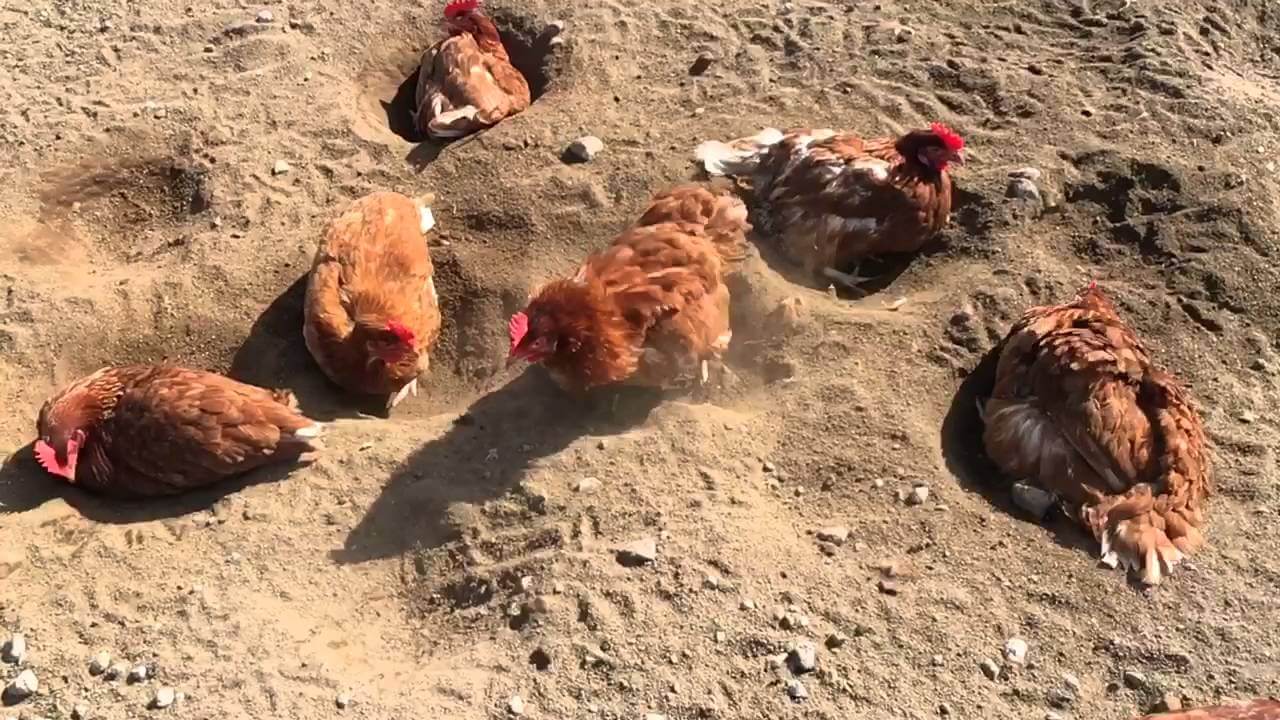Each of the 8 poultry systems have its pros and cons. In our opinion, free range system scores the highest. In contrast, cage systems score lower, with battery cage system scoring the lowest.
Animal welfare is an important aspect of all farming and poultry farming is no exception. Increasingly, there is a need for poultry farmers to put animal welfare front and centre. In addition to demands from animal welfare advocacy groups and consumers, farming regulation is also pushing for improved poultry welfare.

In general, extensive poultry systems have better animal welfare ratings than intensive systems.
Poultry systems
In a nutshell, poultry housing system refer to the type of coop that flocks are kept and reared in. In this regard, there are at least 8 poultry housing systems. Furthermore, these are categorized into extensive and intensive systems.
In extensive systems flocks do get access to the outside and direct sunlight to varying degree. In contrast, in intensive systems flocks spend their entire lives indoors.
Each poultry housing has its own pros and cons. Usually, it is based on your context that you choose one over another.
Animal welfare in poultry farming
Let’s use the phrase ‘creature comforts’ to refer to animal welfare. We think this has a better ring to it. In essence it is not bare welfare that we should be concerned about, but comfortable living.
Of course, different animals have different needs when it comes to creature comforts. In this regard, enriched cage systems were developed to provide better creature comforts than battery cage.

However, cage systems do not afford sufficient creature comforts. As a result, all cage systems in animal farming are set to be banned in the EU by 2027. Moreover, we can expect other countries and blocs to follow suit thereafter.
The need for creature comforts stems from the fact that animals have feelings, and for their wellbeing, it is best if they are raised accordingly. For instance, we can question the necessity of common practices such beak trimming. In other words, can we use poultry systems that do not require debeaking? Consequently, would that result in an improvement in animal welfare?
Natural individual and social behaviors
In particular, chicken have a need to engage in certain individual and social behaviors. For instance, these include perching, nesting, dirt bathing, scratching and free movement. Of course, this is in addition to feeding, and housing.

In addition, social life is an important aspect of animal welfare. Our speculation is that sooner than later, we will allow animals to naturally engage socially. Obviously, mating is an aspect of animal welfare that we’ve largely denied them.
However, as we become genuinely concerned about animal welfare and creature comforts, we will have to allow animals to engage in their natural ways. That will not necessarily mean that we give up selective breeding. Of course this questions the idea of single purpose flocks. Is it in any way, shape or form to rear single purpose flocks if we are genuinely concerned about natural social engagements? Let us know what you think in the comments section.
Importantly, animals living with creature comforts are likely to have high productivity and healthy yields. In contrast, produce from stressed animals is likely to be low quality.
Poultry systems animal welfare rating
In general, extensive poultry systems have better animal welfare ratings than intensive systems for a number of reasons. Essentially, extensive systems allow animals access to outdoors and thus access to direct sunlight, to varying degree.

As far as poultry farming goes, we think free range is the best system in regards to animal welfare. Following closely are folding units and semi intensive systems.
On the lowest end of the welfare rating we place cage systems. Namely battery cage and enriched cage systems.
Poultry systems rating explained
Based on oncoming ban in the EU, we give cage systems the lowest animal welfare ratings. Moreover, we can base this on the work and campaign of respective animal welfare groups.

As mentioned above, we rate extensive systems higher than intensive systems for a couple of reasons. Firstly, because they afford birds access to the outdoors. Secondly they afford birds exposure to direct sunlight. In between we can factor in behaviors such as scratching, dirt bathing and feeding on bugs, vegetation and so on.
We score slatted floor system lower than deep litter. Although in slatted floor system birds live of clean surface, they have no access to dirt bathing. This we consider essential to animal welfare and poultry grooming.
An aviary system scores low since it is a method for stocking more birds in a small space. Whats your take? Do you think the aviary system scores similarly to the deep litter?

Note we do not consider whether flocks are single or multipurpose in our ratings. In any case, we think in all systems, multipurpose flocks instead of single purpose would score highly in animal welfare. Multigenerational flocks, even more so. This we think is the future of poultry farming. As unto when it might become the norm, we cannot say.
What are your thoughts? Let us know in the comments section below.

